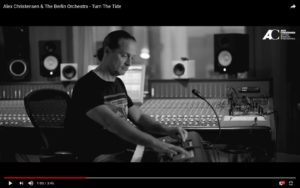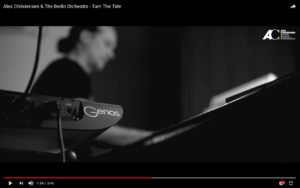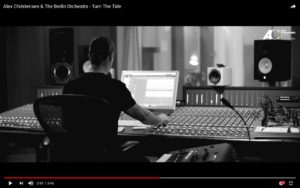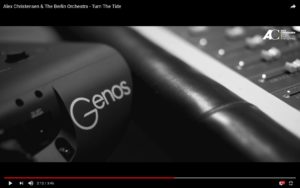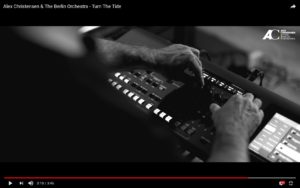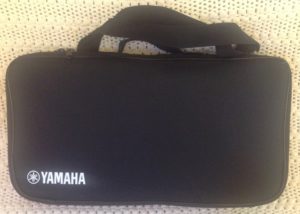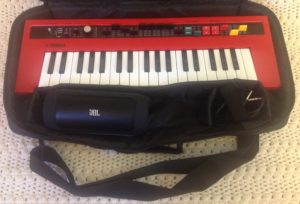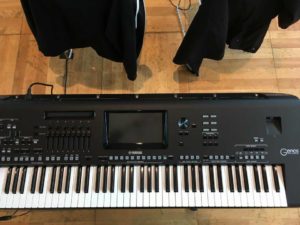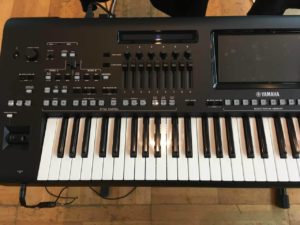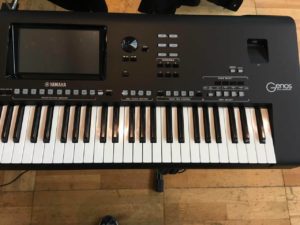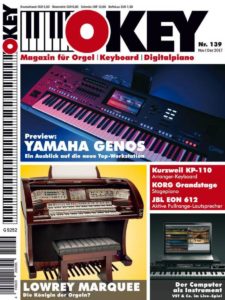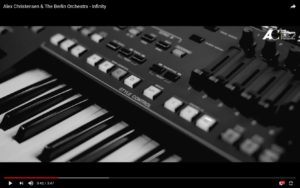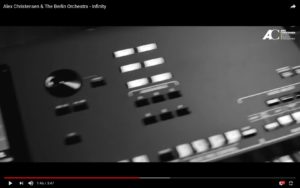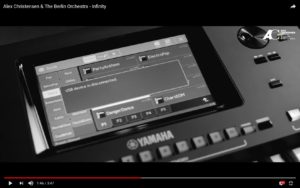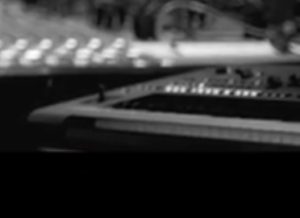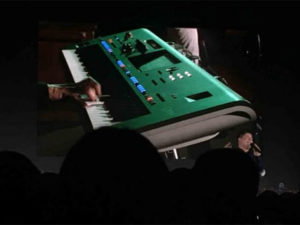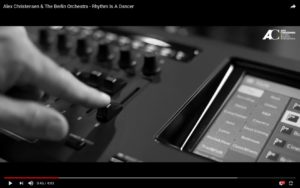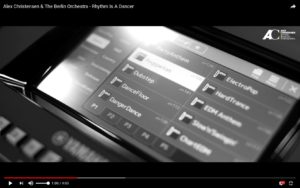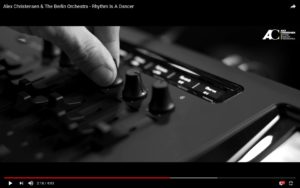I want to expand on some remarks that I made in the Genos section of the PSR Tutorial Forum. The GENOS section, by the way, is currently accessible only to forum members. Please join; it’s a great community!
A few posters noted that a well-known UK retailer had viewed a “prototype model” of the new, and yet to be announced Yamaha GENOS™ digital workstation.
With respect to the term “prototype model”, here’s a few things to consider based on the history of the Montage launch.
Montage prototypes went to sound developers in roughly the January 2015 timeframe — one year before public announcement.
Media people were shown Montage prototypes in December 2015 — one to two months before public announcement. When these folks wrote and published their stories, they explicitly mentioned that they saw and heard a prototype model. That’s accurate and fair to Yamaha.
Montage was announced at the 2016 Winter NAMM, January 21-24, 2016.
One of the sound developers stated that the Montage sound set was not finalized as of January 2016 even though Yamaha demonstrated the Montage at NAMM. Other key features were still in development, too. Even to this day, Yamaha acknowledge that Montage is a work in progress. (Thanks for the updates and enhancements, Yamaha!)
Montage finally shipped to customers in May 2016, at least three months after announcement.
Folks, it’s not that strange to show dealers a “prototype model” under non-disclosure agreement (NDA). Dealers and journalists are expected to be fair-minded adults who understand the process of product roll-out and who make allowances for bug fixes, changes to features, and so forth to be made before final delivery to customers.
October 2nd may be called the “launch date,” but it’s really the public announcement date. It’s a “launch date” in the sense of “the launch of a public, dealer- and media-based advertising and promotional campaign.” As a manufacturer, you want to be truthful and direct with your customers, but you need to have your sales engine (i.e., dealers and media) primed and ready on the launch date. Hence, the need to show prototype models under NDA and/or media embargo. (You can bet that the GENOS print ads have already been placed or are about to be placed.)
Public dealer demo events seem to be scheduled for the November timeframe. This gives Yamaha time to get finished demo units to dealers. Consumers should note if the demonstrations are performed only by select personnel or if “the little people” (us!) are allowed to actually play the GENOS. Also important to customers, the GENOS announcement likely will give an estimated shipping date, just like the Montage announcement,
Please carefully regard legal disclaimers like:
- The colors and finishes shown may vary from those on the actual products.
- Specifications and descriptions in this owner’s manual are for information purposes only. Yamaha Corp. reserves the right to change or modify products or specifications at any time without prior notice. Since specifications, equipment or options may not be the same in every locale, please check with your Yamaha dealer.
Yamaha do their best — and do it very well — but things can and do change.
A world-wide product launch is not easy to pull off. There are a lot of moving parts.
The real deal?
Which brings me back to the subject of teaser videos and leaked images.
Ideally, on launch date, you want all of your advertising and promotional materials ready to go. In the case of print media, a late snap of a pre- or early-production model will often do. (See disclaimers above.)
However, the first teaser video and the second teaser clearly were not dashed off in a weekend. Production time and deadlines may be such that visuals cannot be produced from even pre-production models. In that case, producers must rely on “conceptual art” or mock-ups for inspiration. Therefore, one should not put too much stock into the size of the display (or whatever) in a teaser video.
Then there is the now widespread, split-image picture of the GENOS. One half of the image is in the studio and the other half is on stage. Yamaha have used similar visual composition in advertisements for other keyboards. The graininess of the image casts shade on it. Perhaps this image is a mock-up for a future print advertisement or brochure yet to be produced? Since the provenance of this image is somewhat questionable (at least to me), I still won’t publish it here.
Best of luck to our friends at Yamaha — pj
Copyright © 2017 Paul J. Drongowski

